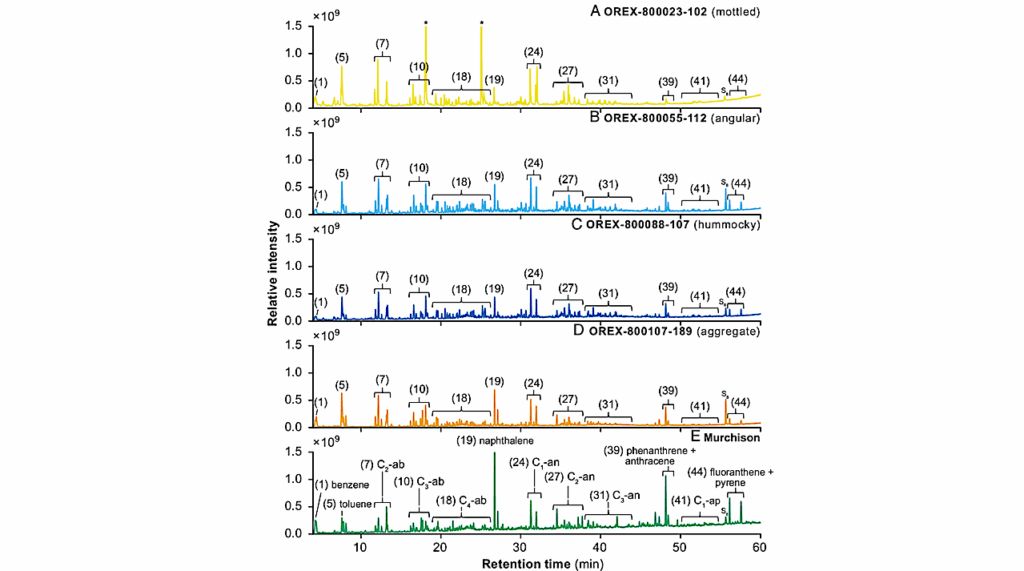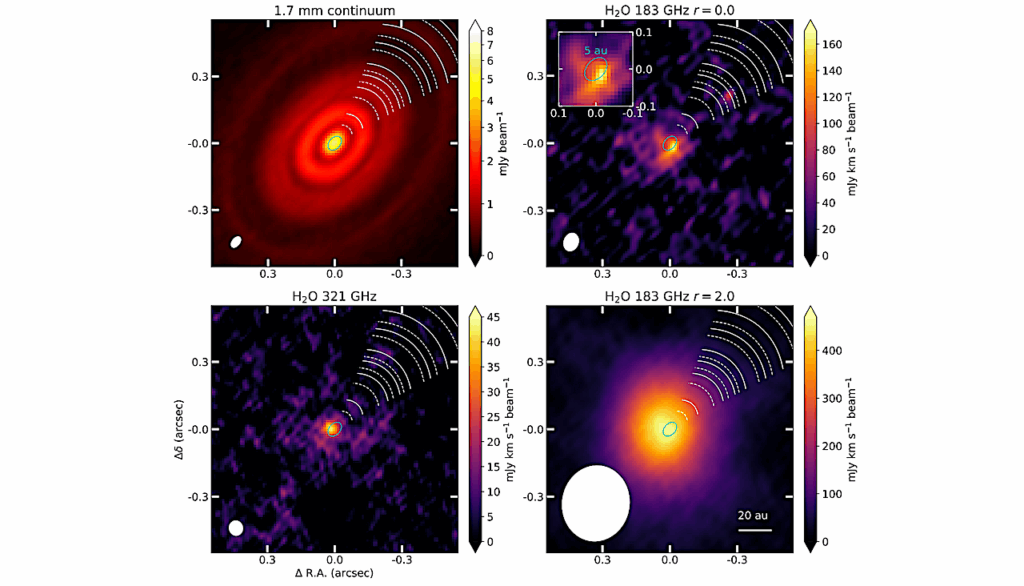Propargylimine In The Laboratory And In Space: Millimetre-wave Spectroscopy And First Detection In The ISM

Small imines containing up to three carbon atoms are present in the interstellar medium. As alkynyl compounds are abundant in this medium, propargylimine thus represents a promising candidate for a new interstellar detection.
The goal of the present work is to perform a comprehensive laboratory investigation of the rotational spectrum of propargylimine in its ground vibrational state in order to obtain a highly precise set of rest-frequencies and to search it in space. The rotational spectra of E and Z geometrical isomers of propargylimine have been recorded in laboratory in the 83-500 GHz frequency interval. The measurements have been performed using a source-modulation millimetre-wave spectrometer equipped with a pyrolysis system for the production of unstable species.
High-level ab initio calculations were performed to assist the analysis and to obtain reliable estimates for an extended set of spectroscopic quantities. The improved spectral data allow us to perform a successful search for this new imine in the quiescent G+0.693-0.027 molecular cloud. Eighteen lines of Z-propargylimine have been detected at level >2.5σ, resulting in a column density estimate of N=(0.24±0.02)×1014 cm−2. An upper limit was retrieved for the higher-energy E isomer, which was not detected in the data. The fractional abundance (w.r.t. H2) derived for Z-propargylimine is 1.8×10−10. We discuss the possible formation routes by comparing the derived abundance with those measured in the source for possible chemical precursors.
Luca Bizzocchi, Domenico Prudenzano, Victor M. Rivilla, Andrea Pietropolli-Charmet, Barbara M. Giuliano, Paola Caselli, Jesus Martín-Pintado, Izaskun Jiménez-Serra, Sergio Martín, Miguel A. Requena-Torres, Fernando Rico-Villas, Shaoshan Zeng, Jean-Claude Guillemin
Comments: 15 pages, 6 figures. Accepted for publication in Astronomy & Astrophysics
Subjects: Astrophysics of Galaxies (astro-ph.GA)
Cite as: arXiv:2006.08401 [astro-ph.GA] (or arXiv:2006.08401v1 [astro-ph.GA] for this version)
Submission history
From: Luca Bizzocchi [view email]
[v1] Mon, 15 Jun 2020 13:44:59 UTC (402 KB)
https://arxiv.org/abs/2006.08401
Astrobiology, Astrochemistry








